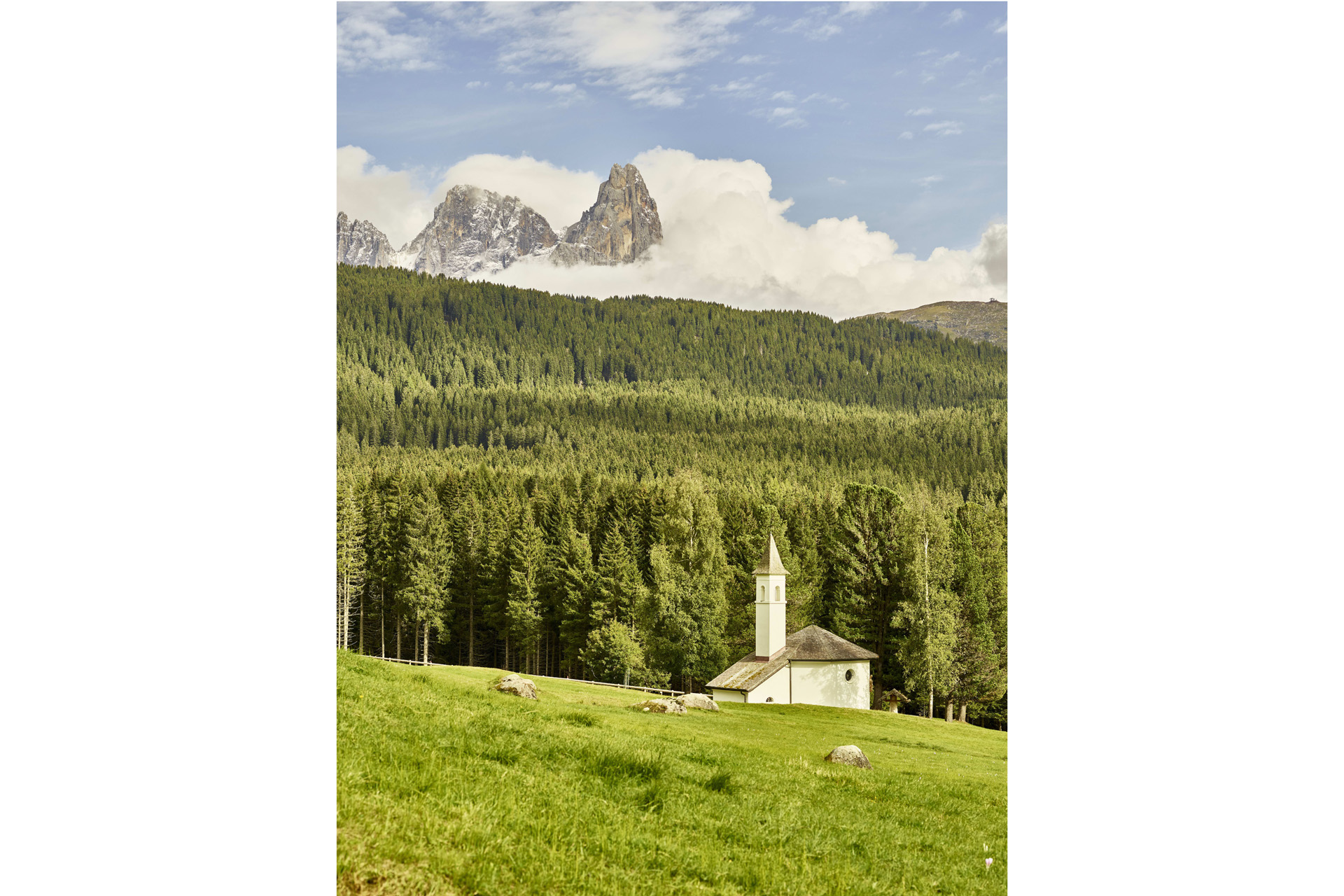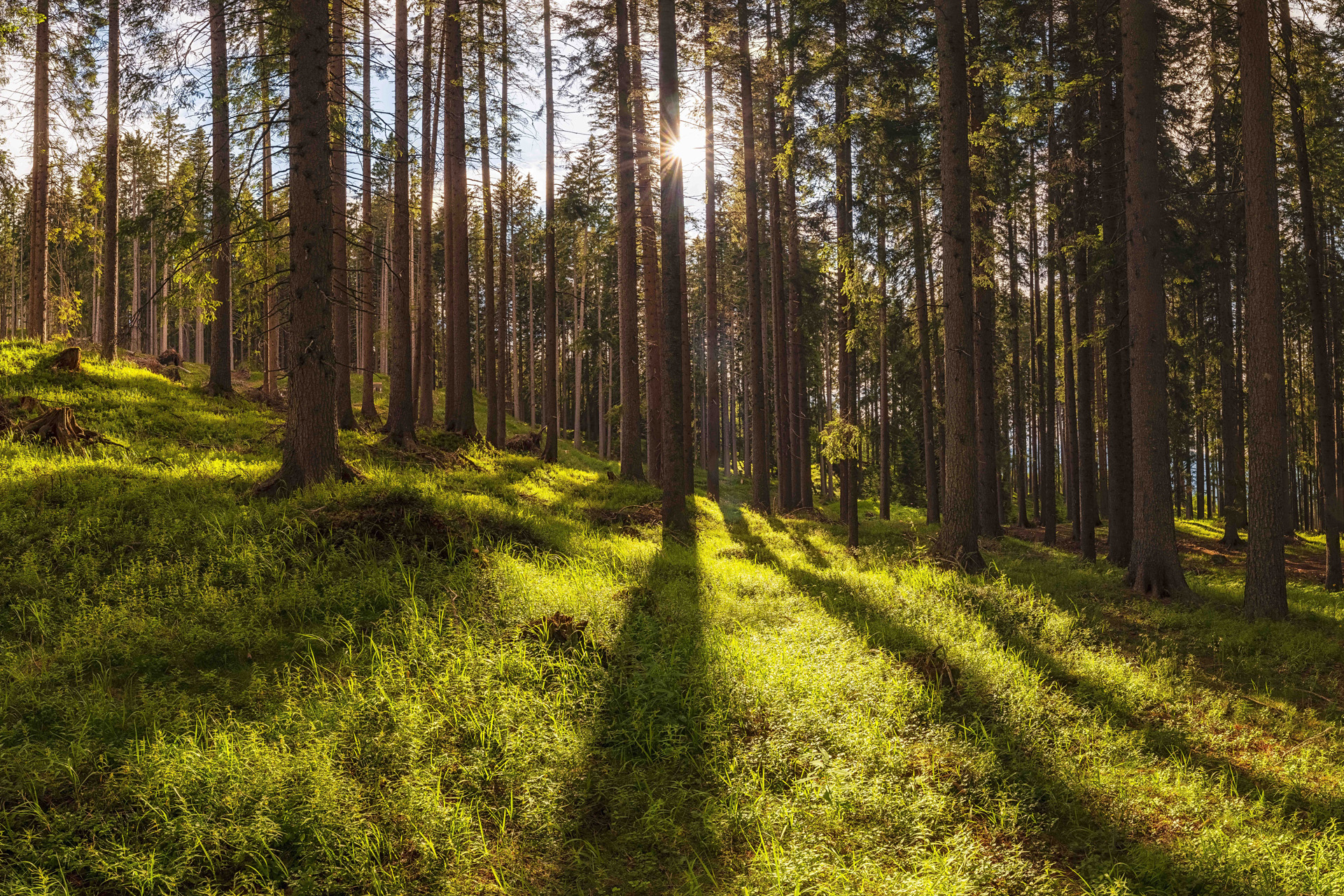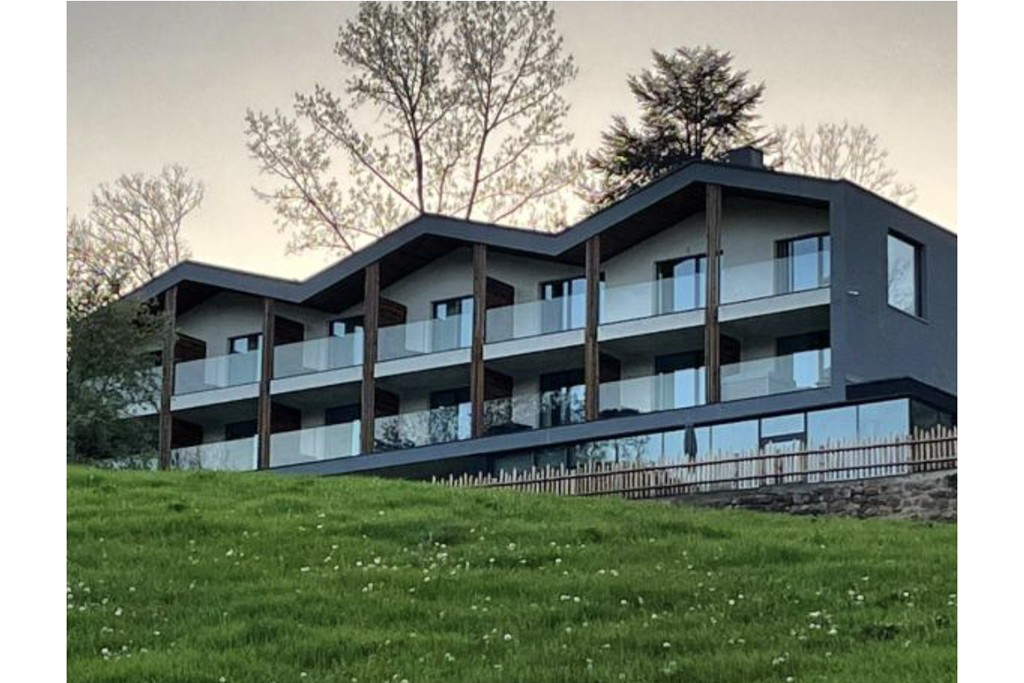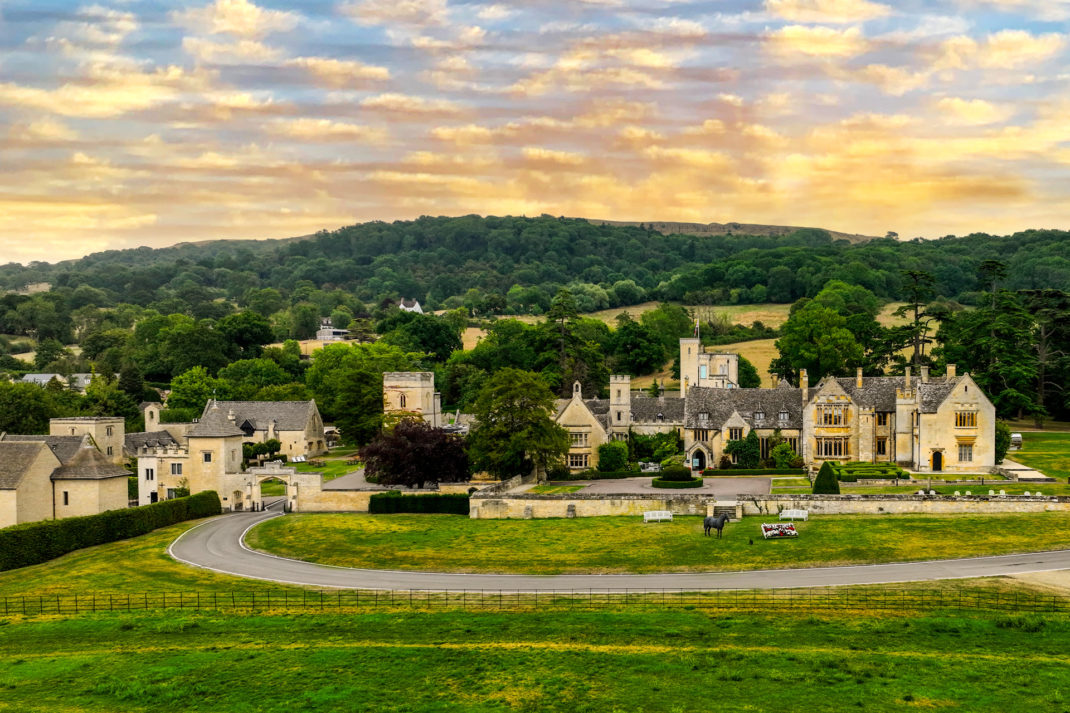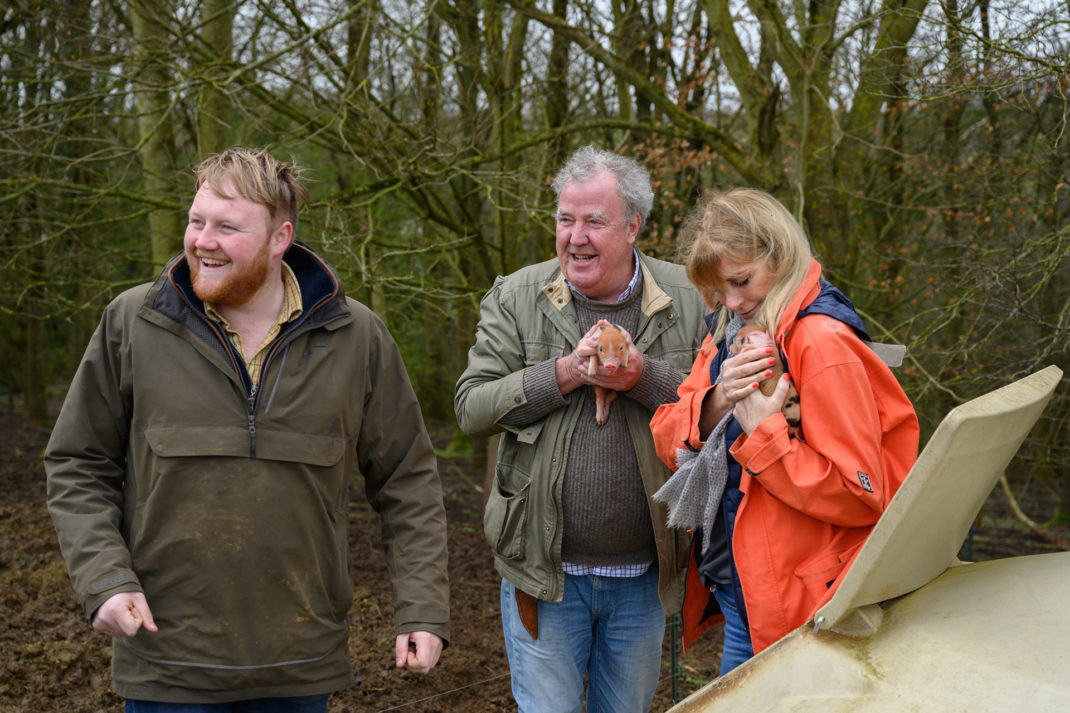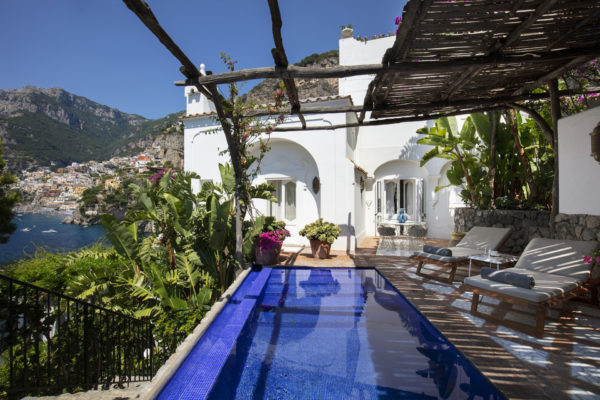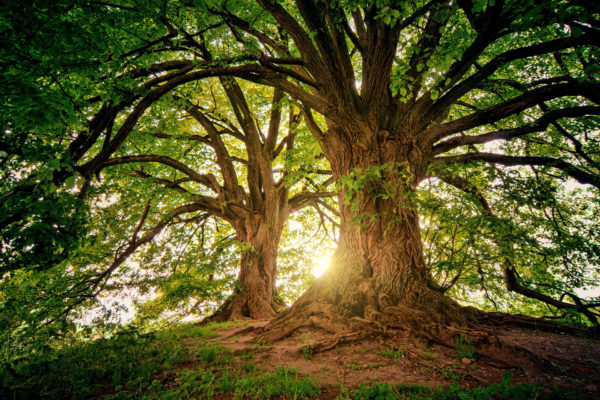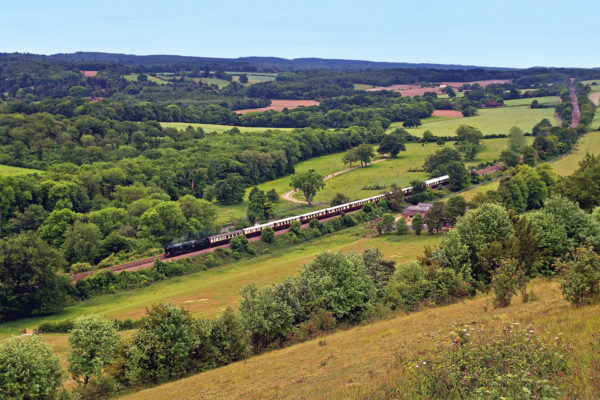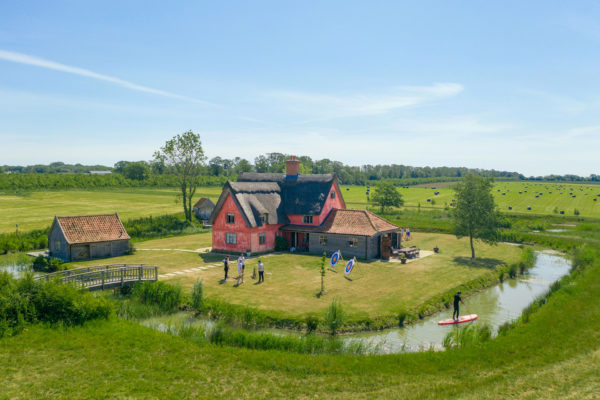Music In The Trees: Exploring Trentino’s Resonant Forest
By
2 years ago
Listen in to The Sounds of the Dolomites
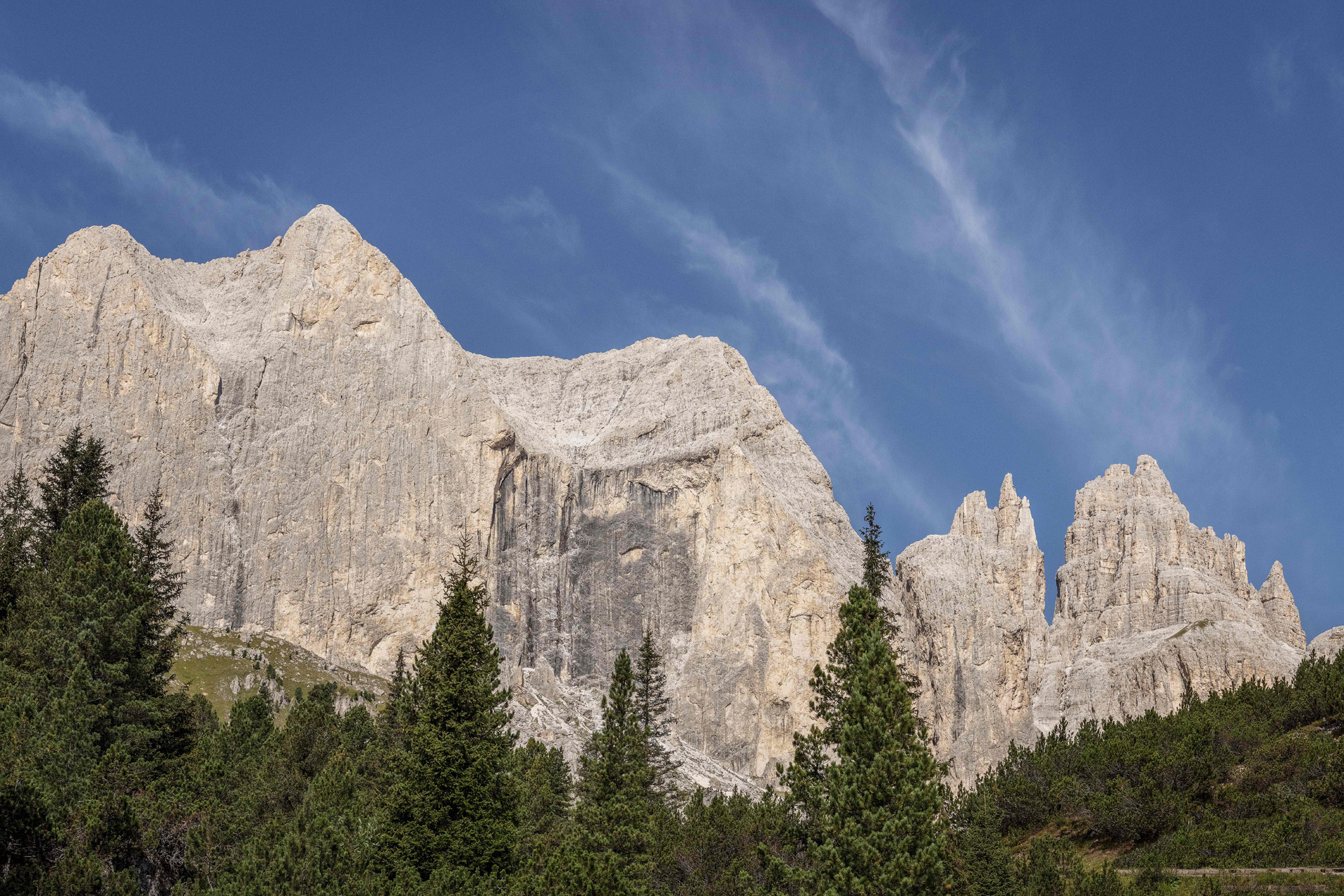
Sarah Rodrigues delves into the ancient forests of the Dolomites to explore the battle to fell instrument-worthy trees before they are eaten by a pesky new resident.
Read the C&TH Guide to Responsible Tourism
I Suoni Delle Dolomiti: The Sounds Of The Dolomites
The hills are, quite literally, alive with the sound of music in Northern Italy’s Dolomites. Not only is this the location for the annual I Suoni Delle Dolomiti – The Sounds of the Dolomites – festival but it’s here, in the spruce-riddled forests of the Val di Fiemme where, nearly 300 years ago, master violin maker Antonio Stradivari handpicked the resonant trees from which to make his instruments.
Fewer than a thousand of the renowned luthier’s instruments are believed to still be in existence. Unsurprisingly, they’re worth millions. But here, in the UNESCO-protected forest of Paneveggio in particular, the potential for resonant wood lives on – so much so that it has become known as ‘Il Bosco Che Suona’ – The Musical Woods.
Yet, thanks to 2018’s Storm Vaia, the hills are now alive with something else: the presence of the ‘bark beetle.’
Walking with ranger Elio Desilvestro on the dirt path between the proud trees, you’d be forgiven for thinking that some of them have been brushed by autumn, their brown dryness a stark contrast with the springy, aromatic bristles of others. Yet this is not a fickle, pick-and-choose dance of the seasons: these toast-hued trees are, in fact, dead – or, as the locals have come to refer to them, ‘beetled.’
Dressed in khaki, Elio is softly spoken and, beneath his cap, his dark eyes frequently gaze into the middle distance. When he gestures towards neat stacks of felled logs, he does so with gentle hand movements somehow at odds with the gun at his hip; more suited to an artist, or indeed, a musician.
There are certain conditions within Paneveggio particularly suited to the growing of ‘resonant’ spruces, he explains – the lightfall and windforce are just right, and a short growing season contributes to tight, concentric rings, which are conducive to sound. The rockiness of the landscape is another factor, as the spruce trees absorb fewer minerals, which helps to retain the requisite ‘lightness’ needed for vibration.
To qualify as violin-worthy, trees must meet certain criteria, which aren’t easily discernible to the untrained eye – especially since these closely-spaced rings aren’t, of course, visible unless the tree has already been felled. Some of the external signs include a very straight, very cylindrical trunk, and an absence of low branches. But the ‘resonance’ also needs to be assessed, via a process of, superstition aside, knocking on wood. It takes a highly intuitive and trained ear to ‘hear’ a musical instrument in the wood; only a small percentage of the trees in Il Bosco Che Suona make the grade. After the storm, one of the first tasks of those involved in the business of crafting instruments from these forests was to inspect the felled trees for suitability and to save them from beetle infestation; at the same time, there was the risk that wood with the potential for music could, if unidentified, be wasted on furniture or construction.
In ordinary circumstances, the bark beetle serves a purpose, clearing the forest floors of felled trees by chewing through them – but after the devastation of Storm Vaia, so many trees were felled that the bark beetles feasted and reproduced in almost equal measures. Other trees remained upright but, horribly weakened, were vulnerable to attack. The ‘bostrico’ – like any opportunistic predator – made these trees their target, burrowing through the bark to create egg-laying chambers, which cause the flow of sap (essentially the life blood of the tree) to be interrupted.
Elio takes us to the xylotheque, in which the components of future instruments are stored to be dried and seasoned. Given the rareness of such material, the xylotheque’s unassuming exterior is quite remarkable: it could be any old forest cabin, yet within lies rack upon rack of chunks of wood, upon each of which the outline of half a violin is traced. Marks on the some of the pieces denote the ones harvested in December, under the light of a waning moon: these, we are told, contain less sap and are therefore even better for use as a soundboard – the top, or table, of the violin, where the sound of the strings is amplified.
As the presence of the bark beetle demonstrates, however, the absence of sap is not always so favourable. Not that this is deterring the locals – nor quashing the spirit of artistry and creativity that echoes through the region. We see this in our hotel, the wonderfully welcoming Alpuris in Cavalese, which is just a short walk from the foot of a gondola from which the Dolomiti Superski area is accessed. Designed and run by an architect and his wife, it blends seamlessly with the natural environment, utilising an abundance of wood in its construction. Wood is, unsurprisingly, the building material most frequently used in the region and Alpuris taps into this tradition, while harnessing luxurious modern design flourishes and eco-friendly solar panel technology.
In fact, Trento, the capital city of the province of Trentino, has been recognised, in recent years, as the most eco-friendly city in Italy, and this ripples throughout the entire area. Indeed, since the Middle Ages, the forests of Val di Fiemme have been carefully managed and nurtured by a local authority, Magnifica Comunità, giving locals ‘ownership’ of one of their greatest assets. Accounting for around 40 percent of Italy’s timber output, the forests of this region have been sustainably logged for hundreds of years, and 30 percent of the territory is under strict environmental protection.
Perhaps this long relationship between the inhabitants and the trees of Val di Fiemme goes some way towards the stoic and realistic awareness of the fact that the loss of trees – whether felled for industry, craftsmanship, or by environmental conditions – creates room for others to grow: their toppling opens up light sources towards which saplings reach. At the Magnifica Comunità di Fiemme in Cavalese – once a bishop’s palace and now an archival treasure trove of images and documents – we are shown two photos, a ‘then’ and a ‘now’, that demonstrate the rapidity with which the forest advances.
Even so, the locals aren’t just passively waiting for nature to take its course. Soon after Storm Vaia, the Trentino Tree Agreement was formed and, as well as voluntary efforts to clear the woods of the life-sapping beetles, plans have been formed to diversify the woodlands, by introducing species less vulnerable to – and thus capable of halting the spread of – the ‘bostrico.’
Nor are they allowing that otherwise ‘dead’ wood to go to waste. Artist Marco Martalar collected storm-ravaged trees to create a dragon on Trentino’s northern slopes: measuring a huge six by seven metres, it fiercely guards the region against further devastation. Other such monuments by the artist include a wolf, a winged lion, a wolf, a bee, and a stag.
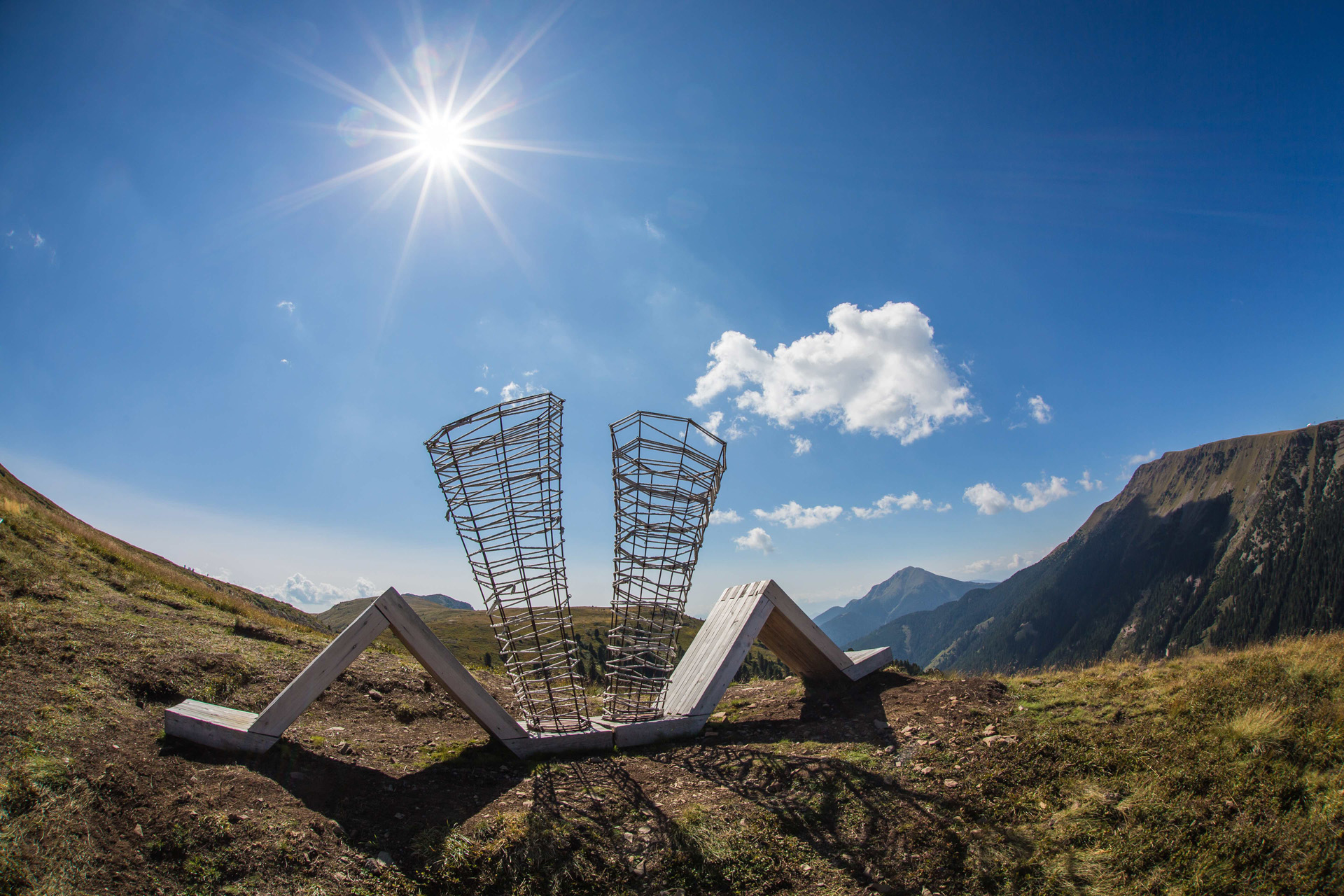
Respirart
Elsewhere, in open-air art parks Arte Sella and Respirart – both of which predate Vaia by several years – the lesson of the storm, and the materials made more tragically available by it, have been mirrored in sculptures that speak of flux, change, decay, disappearance and, ultimately, space for new things to appear.
It’s an odd lesson to learn in a country so frequently associated with bold permanence: the ancient architecture around which tourists throng; the works of Renaissance Masters gazing out from gallery walls, and the enduring admonitions of Dante’s Divine Comedy. Yet, as we learn on a walk around Arte Sella with our wonderfully informative guide Clelia, there is, here, a selflessness in the art – despite the grandness of scale. Most of it has been created to speak with and of its surroundings; to be overgrown; to rot – and eventually, to return to the earth from which its materials came. There is, for instance, the ebb and flow of greenery in the park’s Cattedrale Naturale, by Italian artist Giuliano Mauri. Elsewhere, through the late summer foliage, we see a solitary image of Mother Nature (La Donna Invisible, by French sculptor Cédric Le Borgne) constructed so delicately as to be almost invisible in its setting.
At Respirart – a 3 km circular route and the highest art park in the world – the concept is similar. This Alpine loop is available to all, year-round, whether in hiking boots in summer, or on skis in winter. Some of the ‘impermanent’ installations have used the ‘beetled’ bark in their construction; others remind you to stop and take in the majesty of the surroundings, by creating a faux frame around an aperture, through which the jagged mountains are your view.
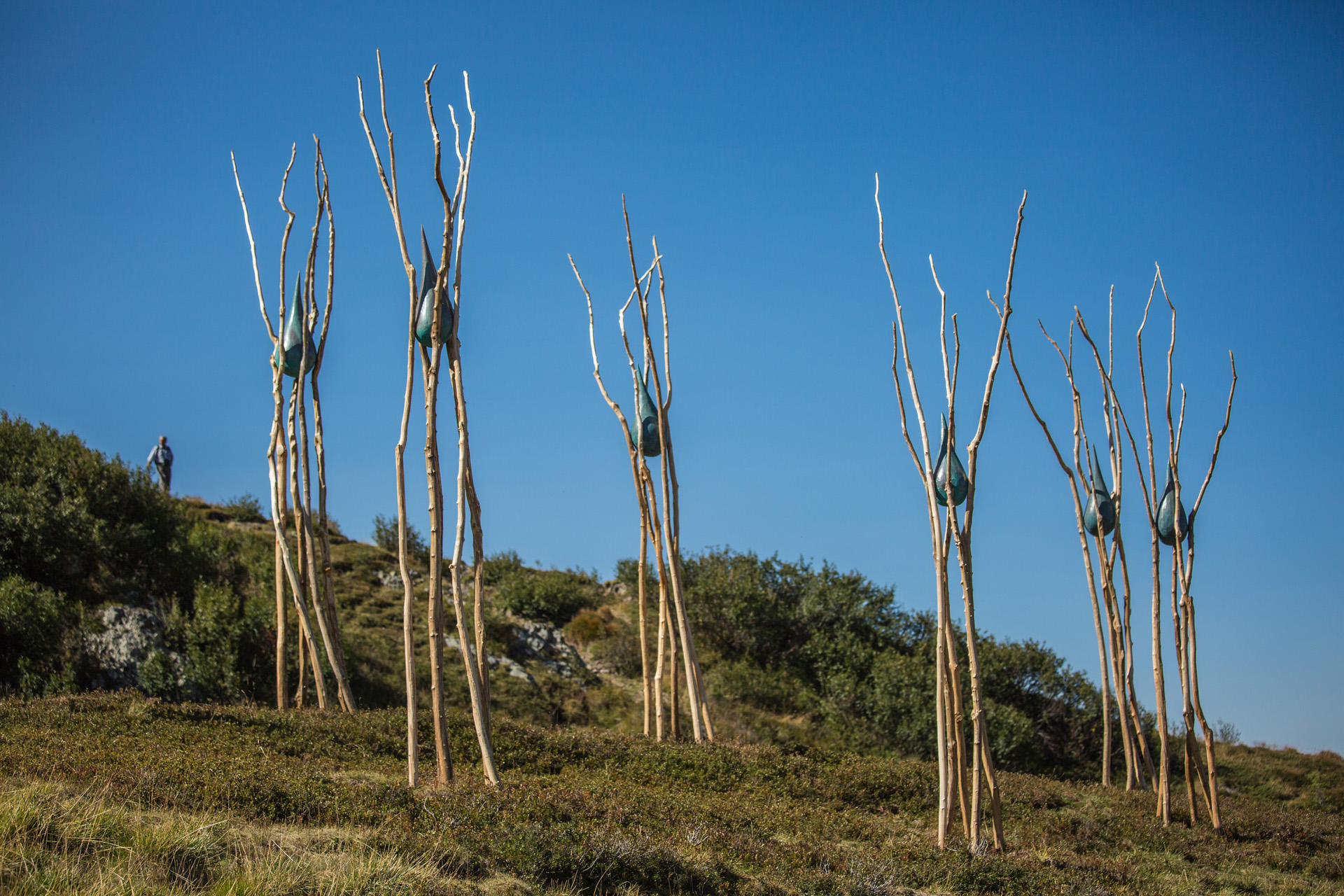
Respirart
And the origins of the Dolomites are, perhaps, all the more reason why the ‘bostrico’ invasion has been met with a fortitude equal to the dismay about the decimation of these UNESCO-protected forests. At one time, this entire area was under water, and the mountains bear the traces of corals and marine fossils. There’s an acceptance of the fact that beauty comes from loss; if an environmental group had existed millions of years ago when the seas receded to expose these peaks, what might they have said, or done?
For now, artistry utilising the ‘beetled’ trees lives on, as does the tradition of music in these once-submerged peaks. Each summer, I Suoni Delle Dolomiti takes place in a range of high-altitude settings where a programme of world-class artists take to the ‘stage’ – a series of unmanicured, outdoor settings, surrounded by a natural landscape in which their performances – whether stringed or not – make the mountains sing. Thanks to the work of those involved with the Trentino Tree Agreement, these forests will again produce strong, resonant spruces – and a new generation of world-class instruments.
BOOK IT
British Airways flies London to Venice from £88 return, based on a five-night stay.
Alpuris Hotel has rooms available from €218 a night. This is based on two adults sharing a junior suite and includes breakfast. alpuris.it

